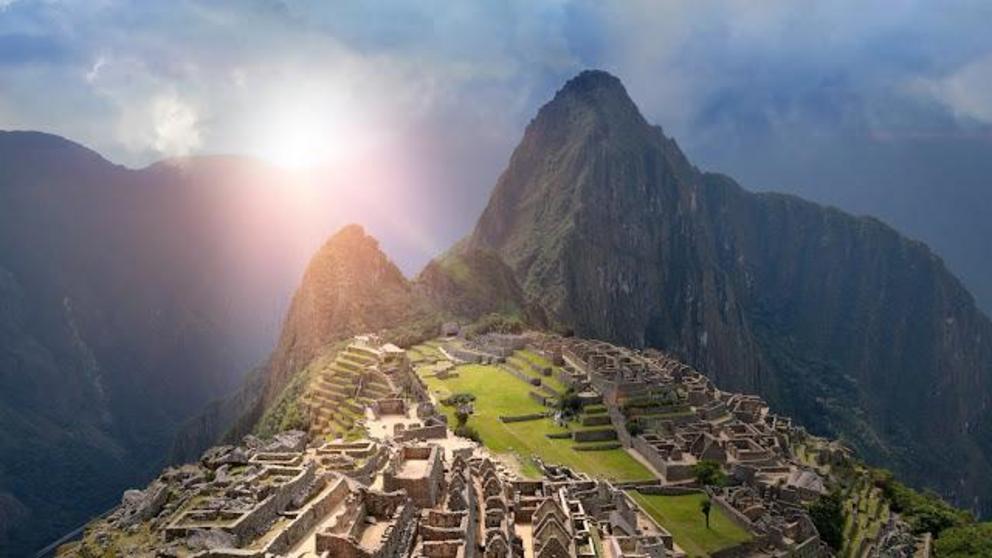Inca children drugged with cocaine to keep them calm before being sacrificed, hair and nail study confirms
Inca children who were chosen to be ritually sacrificed were drugged so that they remained calm before their death, a new study of ancient hair and fingernail samples has confirmed.

Credit: Creuxnoir/Adobe Stock
The human sacrifice, typically of children, known as capacocha, was generally conducted in Incan society to celebrate major events like the birth of a royal, or a battle victory, said the international team of scientists, including those from Peru, Poland, and the US.
In the new study, published recently in the Journal of Archaeological Science, researchers conducted toxicological analysis of two individuals – aged six or seven – who were immolated over 500 years ago during a capacocha ritual on the mountain of Ampato in southern Peru.
In the hair and nail samples of the Incan mummies, scientists looked for the presence of intoxicating chemicals like cocaine and its breakdown products in the body such as benzoylecgonine and cocaethylene.
They also looked for other intoxicating and hallucinogenic chemicals like mescaline, tryptamine, harmaline and harmine, which have psychoactive properties.
Archaeologists found that during the last weeks of the victims’ lives, they chewed on coca leaves and were intoxicated by ayahuasca, a beverage made primarily from the South American hallucinogenic flowering vine yage (or Banisteriopsis caapi).
Researchers suspect the Incas may have consciously used the antidepressant properties of Banisteriopsis caapi “to reduce the anxiety and depressive states of the victims”.

Ayahuasca continues to be brewed today; it is consumed for its hallucinatory as well as anti-depressive effects [Credit: Apollo / Wikipedia]
While scientists did not find evidence of the hallucinogenic molecule DMT – another major ingredient in ayahuasca – they said it is unclear if the absence of this substance was an accident.
They said the children likely knew what was going to happen to them, weeks in advance, and may not have gone along willingly.
Scientists suspect that while the drugs identified in the study may not have resulted in hallucinations, they could have calmed the children and made it easier to carry out the ritual.
“In modern medicine, the properties of harmine led to the use of ayahuasca in the treatment of depression,” scientists wrote in the study. “The Incas may have consciously used the antidepressant properties of Banisteriopsis caapi to reduce the anxiety and depressive states of the victims,” they added.
In another study, published in 2013 in the journal PNAS, scientists analysed the diet of a 13-year-old Incan girl, who was also ritually sacrificed over five centuries ago in a mountainous area of modern-day Argentina.
They found that she had been consuming considerable quantities of the mild Andean stimulant coca as well as alcohol. Researchers said her consumption rose temporarily six months before her sacrifice, likely at some major Inca ceremony.
Author: Vishwam Sankaran | Source: Independent [June 05, 2022]
